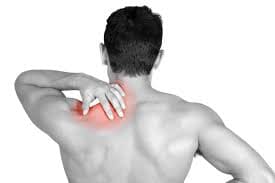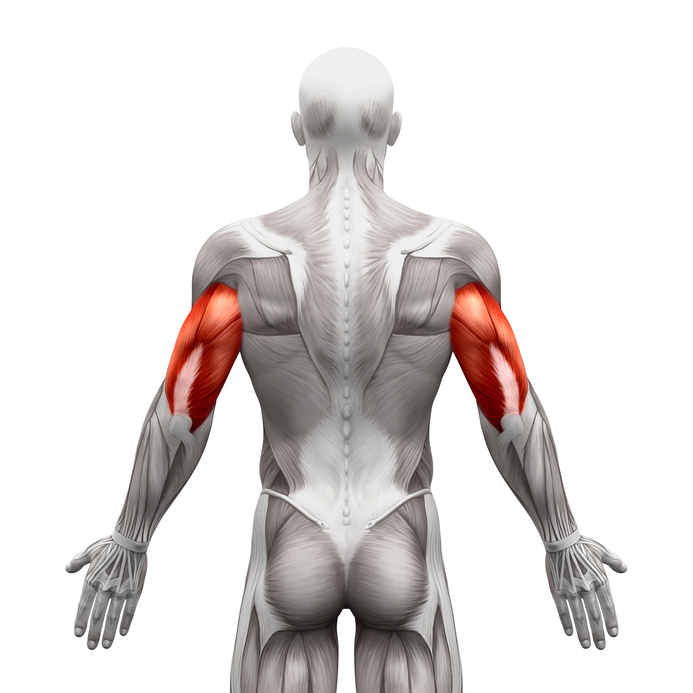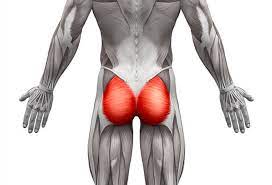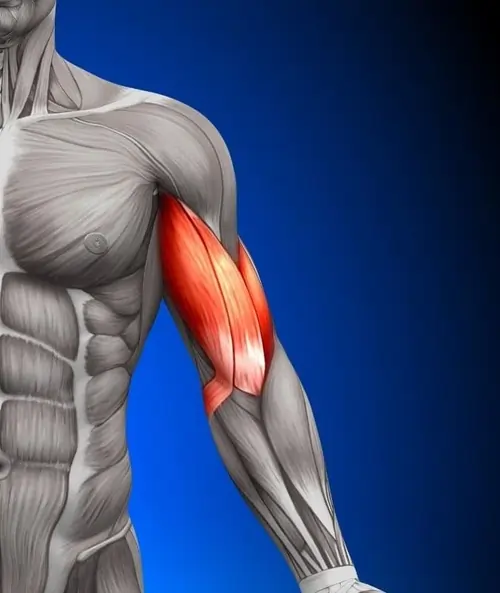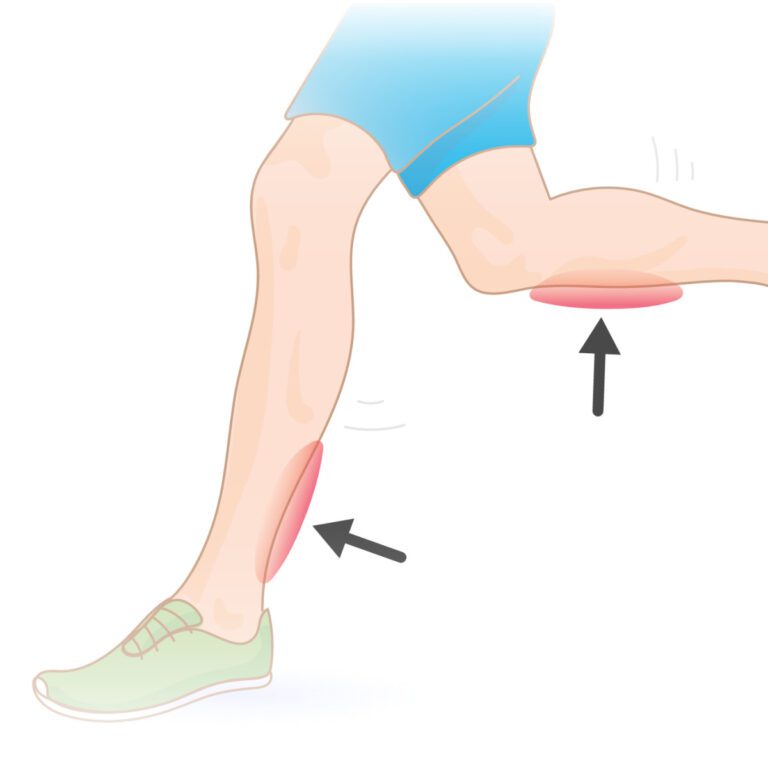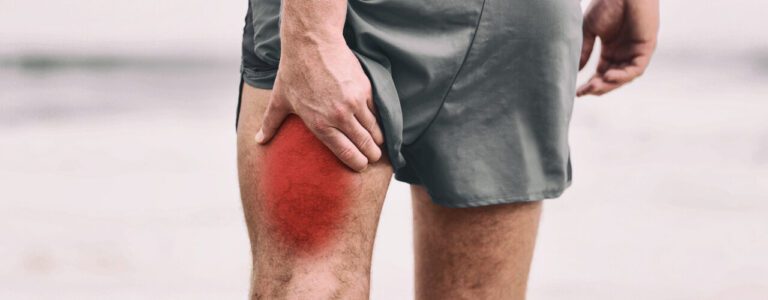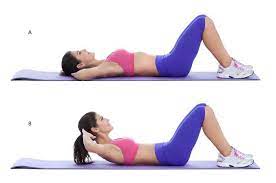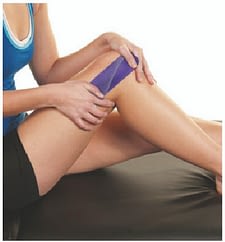Trapezius muscle pain: Cause, Symptoms, Treatment, Exercise
Trapezius muscle pain is the complaint of pain, spasm, stiffness, and tightness of the trapezius muscle. It is mostly occurs in the neck to shoulder pain. It is also called trapezitis. What is the Trapezius muscle? What is causes the Trapezius muscle? Symptoms of Trapezius muscle injury? When does the patient need to contact the…

